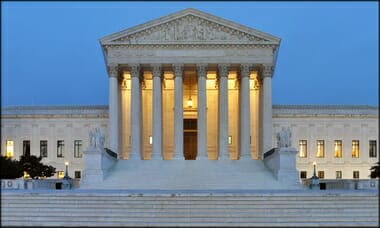The New York Times best seller list really isn’t that. What it is is merely an editorial “what you should read, not what actually sells the best.”
The NYT’s even had the audacity (or the lack of self awareness in their egalitarianism aims) to publish a graph of the male and female authors by decade. It showed a clear male dominance over the women. However, as the decades progressed, the sexes got closer to being even, until, the final decade in the graph, they were very similar in books on the New York Times best seller listing.
But this graph, then, is merely an illusion. Since they control the list and who makes it on the list — they can control whichever factors they wish to. Like gender for instance. So they can even out the sexes on the list to give the appearance that male and female authors are writing and selling great books, equally. It does not reflect reality. Nor does this “evening-out process” have anything to say about how well something is written. It merely projects what the few editors think is important to the New York Times.
The majority of authors are — I presume — white. So soon a similar graph will surely show an evening out of minority vs. Caucasian authors.
Facebook “Convo”
I posted a link to this article discussing Trump’s foreign policy advancements as compared to Obama’s in regard to “Nobel Peace Prizes.” Here is part of the article:
North and South Korea are discussing plans to make a stunning announcement at their leaders summit next week: a permanent end to the 68-year state of war between the two, according to reports.
North Korean strongman Kim Jong Un and South Korean President Moon Jae-in may release a joint statement saying they will seek to end military conflict, an unidentified Seoul official told the Munhwa Ilbo newspaper, Bloomberg reported.
The two men are scheduled to meet April 27 in the border village of Panmunjon — the third-ever summit of leaders from the two Koreas.
Pyongyang and Seoul have technically been at war since the 1950-1953 Korean conflict ended with a truce. Despite occasional flare-ups between the two nations in the years since the armistice, the two Koreas have managed to avoid an all-out war.
A successful summit could pave the way for a historic meeting between Kim and President Trump — the first between a sitting US president and a North Korean leader….
Later we find out that Pompeo met with the North over Easter weekend. A person simply said “Wow…..” MIND YOU, I am reading a lot into his “Wow,” but here is my response to the larger issue:
You do realize people like myself do not really want Trump to get the Nobel Prize in Peace, but what is being intimated by the article (OP) is that Obama got his just eight and a half months in the White House.
The prize was nothing more, then, than Leftist panels awarding a Leftist person they idealized with a hopeful fiction.
(In fact, all of Leftism is an idealization of a Utopian dream. A “Super Man” in the “Nietzsch’ian sense”… genderless, able to offend no one, always concerned for the welfare of others in the market place, etc. REALLY THEN, a pipe-dream but one enforced by legislative acts. Dangerous in other words.)
It is similar, then, to the NYTs posting this graphic as if it means something (https://tinyurl.com/y9jck4x3). Since the NYT Best Seller list are really editorial choices and not based on the reality of “which books actually sell the best,” their being proud of an evening-out of male-to-female authors is meaningless. (Unless you live in a bubble: SNL – https://youtu.be/vKOb-kmOgpI)
It is a form of self-gratification, or as David French calls them, the “New Holy Rollers.” That is, “social justice warriors.” The NYT sees themselves as such in creating a fictitious reality in order to fool people with what is really an illusion that says nothing of literary excellence.
You see, when you believe you are morally superior, when you have dehumanized those you disagree with, you can justify almost anything.
Like giving a Nobel Peace Prize to a person who will hold to an illusory ideal created whole cloth from nothing.
So, if that is the standard…
…then…
…the Trump administration has already surpassed it. As we found out with the meeting over the Easter weekend. Ultimately nothing may come of it, but it is more “hope and change” to the real world than what Obama had “accomplished.”
THAT is the point.







